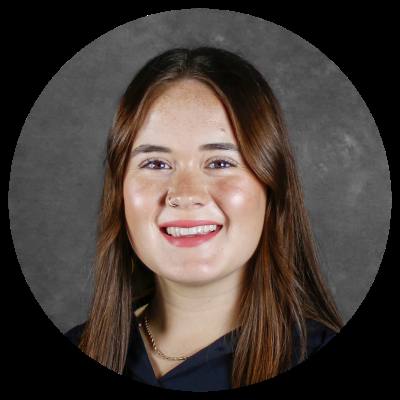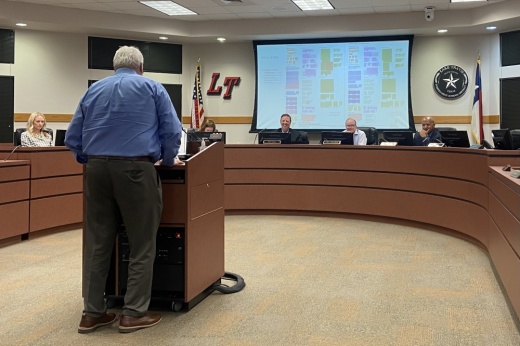The board of trustees discussed changing the capacity and design of High School No. 2 following a demographic update from Population and Survey Analysts President Stacey Tepera at a March 20 meeting.
What’s happening
New demographic data shows the district will have 5,000 high school students once it is built out compared to previous projections for 5,500 students, Tepera said. As Lake Travis High School has a capacity for around 3,500 students, the district may need to build its second high school opening in 2027 off Hwy. 71 to serve 1,500 students instead of 2,000, Superintendent Paul Norton said.
The lower enrollment projections come as over 2,300 new homes planned for the district will no longer be built, Tepera said. Travis County voters approved conserving the over 2,000 acres of land in a November bond election. Rising interest rates have also slowed new housing construction and home resales while the district is seeing smaller incoming kindergarten classes, she said.
“That has a significant and permanent impact on future enrollment projections,” Tepera said about the conservancy. “There will never be any homes built on that land.”
While LTISD could reduce Lake Travis High School to 3,000 students, the district feels most comfortable keeping the high school at its current capacity of 3,500, Norton said. District officials also discussed building High School No. 2 in phases with an initial phase to accommodate 1,500 students and a second phase to add space for 500 additional students.
The impact
VLK Architects Principal Tom Oehler presented the new high school’s design for 2,000 versus 1,500 students. Building the school with a 1,500-student capacity would involve a 40,000-square-foot reduction from the 499,753-square-foot design for a 2,000-student campus, Oehler said.
In reducing the school’s programs by 8%, the district would save $18 million on 30,000 square feet in classrooms and a 10,000-square-foot auxiliary gym; however, the costs to build those facilities could increase over time with inflation, Oehler said
While the district has a $221 million budget, estimated costs are at $237.3 million to build a school for 2,000 students, he said.
The revised design for 1,500 students would remove the following:
- 17 classrooms
- 4 science labs
- 1 CTE lab
- 1 counselor suite
- 1 gymnasium





